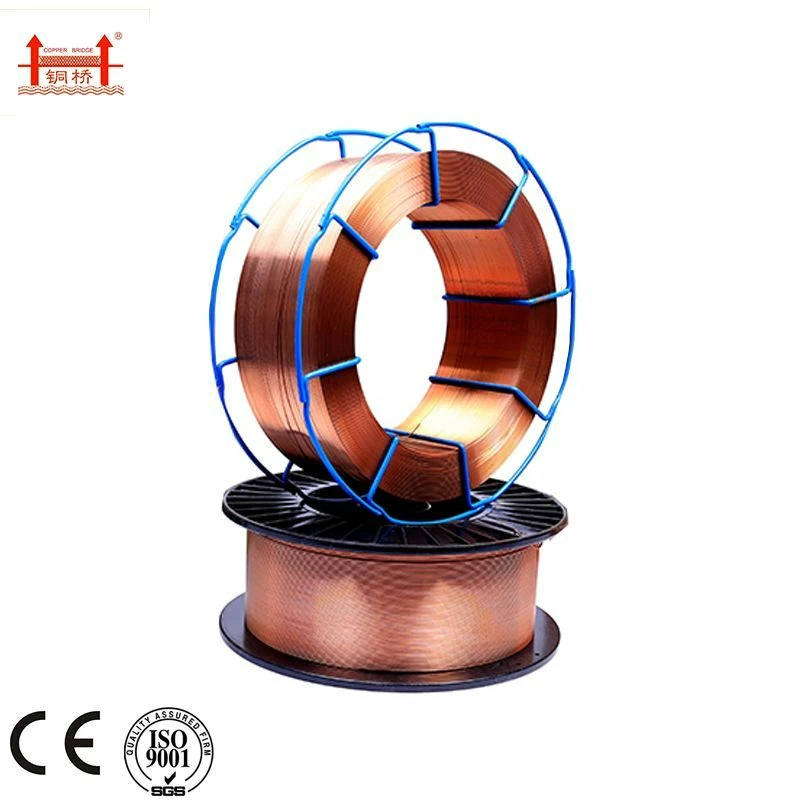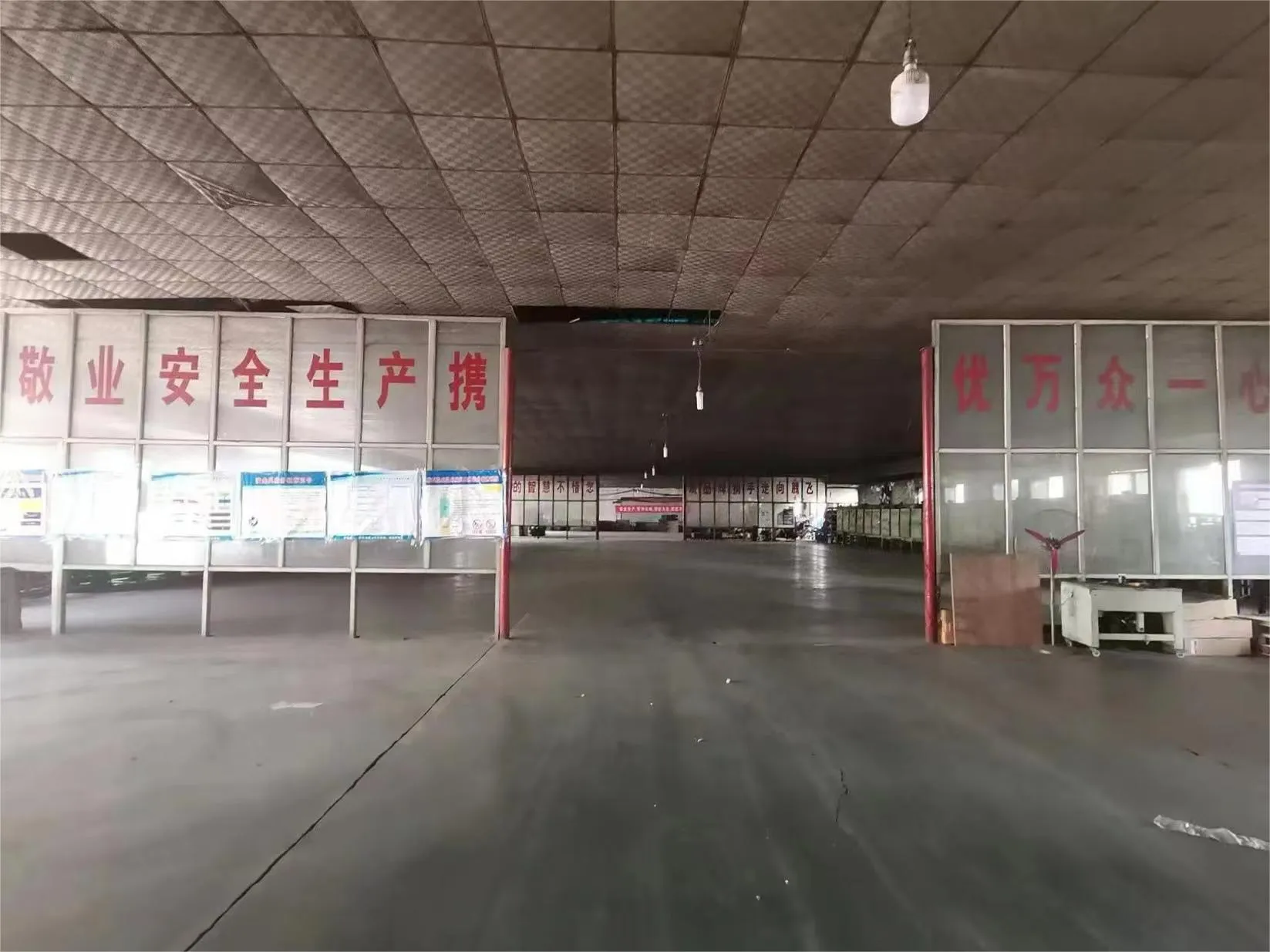what is the difference between e6013 and e7018
Jan . 20, 2025 09:08
When selecting the appropriate welding electrode for a project, it is crucial to understand the differences between types like E6013 and E7018. Both rods are popular in the welding industry, yet their applications, characteristics, and performance differ significantly.
From a practical perspective, a welder working with E6013 rods will appreciate the ease with which slag can be removed and the electrode's forgiving nature that adapts well to variations in operator technique. The E6013 electrode is often a preferred choice for home hobbyists and light-duty fabrication because it does not demand specialized welding equipment and skills. Meanwhile, an experienced welder using E7018 rods might emphasize the electrode's robust performance in creating durable, high-quality welds suitable for critical infrastructure projects like bridges, buildings, and pipelines. These rods require a higher level of skill and sometimes preheating of the workpiece, but the trade-off is a strong, reliable weld. In conclusion, choosing between E6013 and E7018 electrodes depends chiefly on the specific requirements and conditions of the welding task at hand. For projects focusing on ease of use, aesthetic finish, or involving thinner materials, E6013 is often the electrode of choice. On the other hand, E7018 is indispensable for projects where the strength and reliability of the weld are non-negotiable. Understanding these nuances ensures welders select the right tool for their job, enhancing both the quality and efficiency of their work. Trusting in the proven performance of these electrodes, backed by professional experience and industry standards, welders can achieve excellent results tailored to their specific project needs.


From a practical perspective, a welder working with E6013 rods will appreciate the ease with which slag can be removed and the electrode's forgiving nature that adapts well to variations in operator technique. The E6013 electrode is often a preferred choice for home hobbyists and light-duty fabrication because it does not demand specialized welding equipment and skills. Meanwhile, an experienced welder using E7018 rods might emphasize the electrode's robust performance in creating durable, high-quality welds suitable for critical infrastructure projects like bridges, buildings, and pipelines. These rods require a higher level of skill and sometimes preheating of the workpiece, but the trade-off is a strong, reliable weld. In conclusion, choosing between E6013 and E7018 electrodes depends chiefly on the specific requirements and conditions of the welding task at hand. For projects focusing on ease of use, aesthetic finish, or involving thinner materials, E6013 is often the electrode of choice. On the other hand, E7018 is indispensable for projects where the strength and reliability of the weld are non-negotiable. Understanding these nuances ensures welders select the right tool for their job, enhancing both the quality and efficiency of their work. Trusting in the proven performance of these electrodes, backed by professional experience and industry standards, welders can achieve excellent results tailored to their specific project needs.
Related Video
Copyright © 2025 Dingzhou Jinlong Metal Production Co., Ltd. All Rights Reserved. Sitemap | Privacy Policy




























